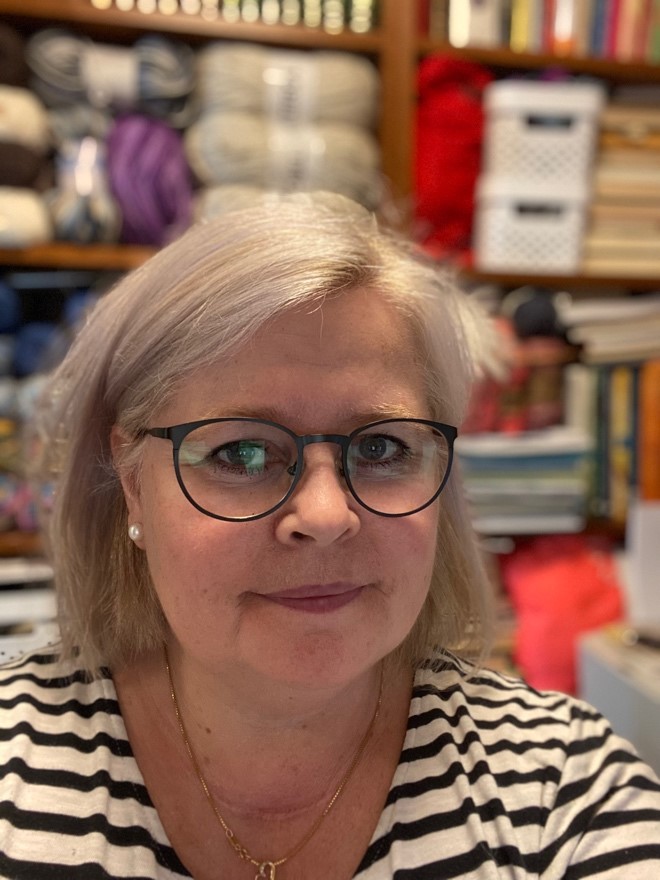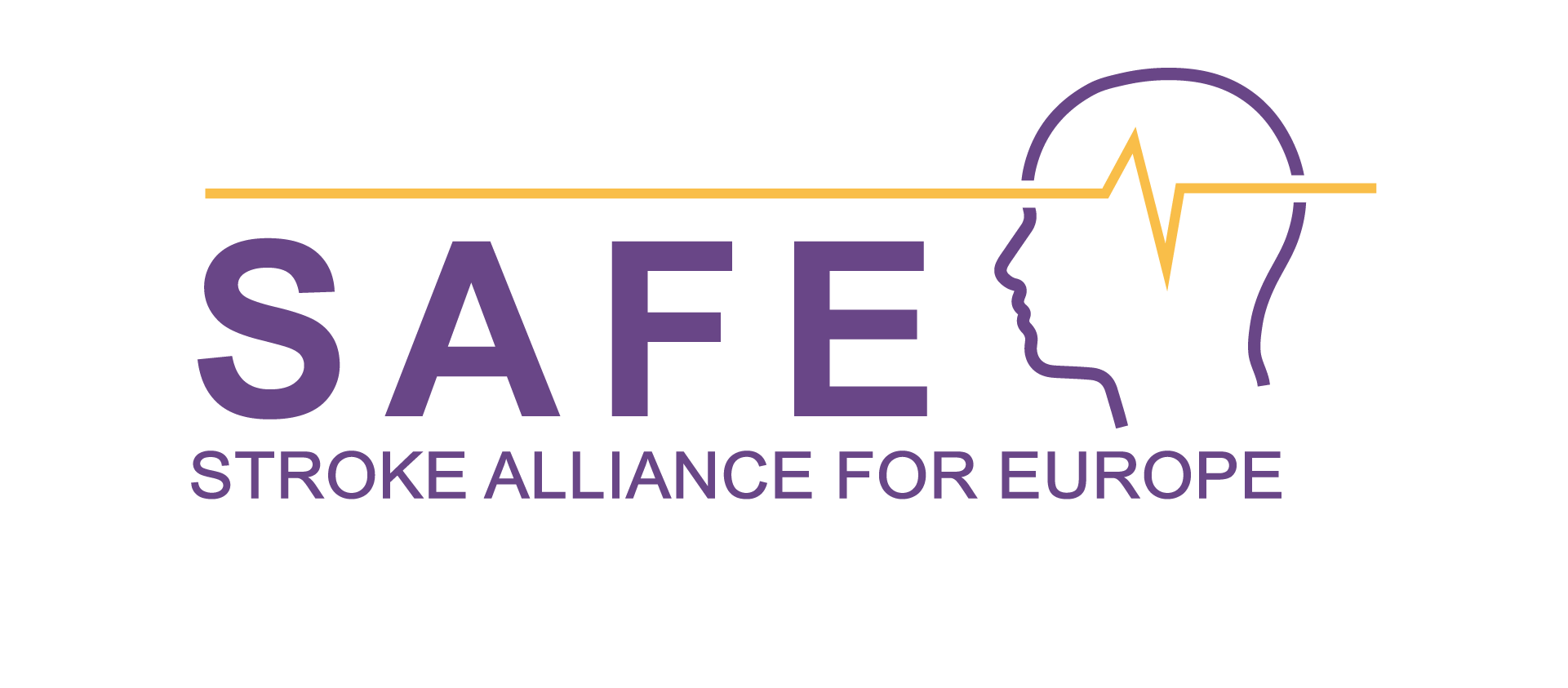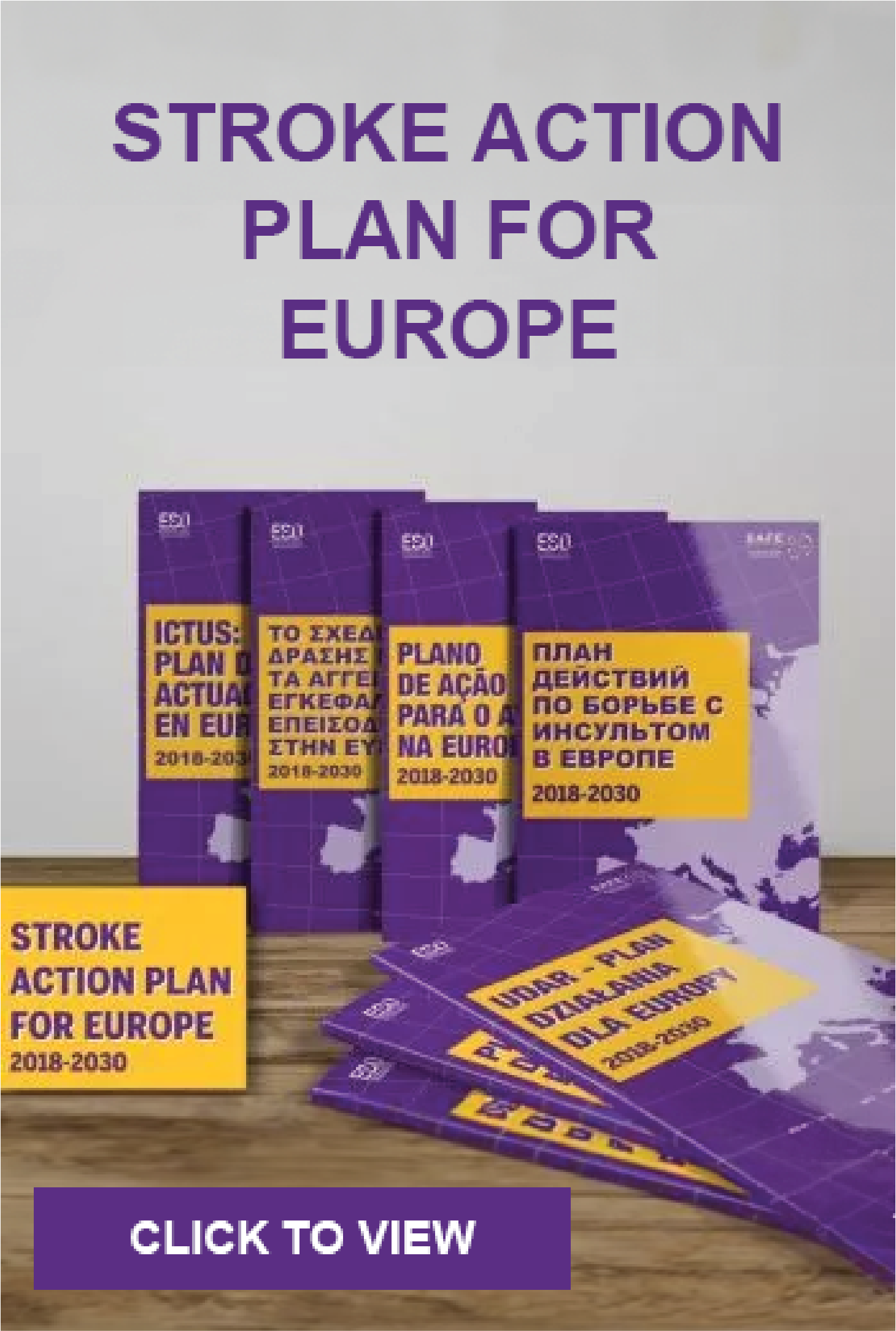
Stroke care has been transformed since I had my stroke back in 1994. It was my 22nd birthday. I believe that my story illustrates why stroke survivors need long-term support to meet our needs and as those needs change over time.
Back in 1994, the doctors put me in an induced coma while they discussed what was wrong with me. After a week in coma, I was next in line for a brain scan which showed that there were four blood clots in my brain. I’d had a Cerebral Sinus Venous Thrombosis.
Nowadays it is clear that stroke should be treated as an emergency. Access to immediate brain scanning is widely available and more and more lives are being saved due to stroke unit care and new treatments. More people surviving stroke leads to more people needing rehabilitation and support with their resulting disabilities.
When I woke up after my stroke, I could only blink with my eyes – that was it. My arms and legs didn’t function at all. Rehabilitation started in my local hospital at first, then I was moved to a specialised rehabilitation hospital for people with head injuries in Oslo, our capital.
In total I was hospitalised for about 5-6 months. I had to find all my inner strength to relearn the most basic stuff – how to read, write, type, sit, stand, and walk again. I worked really hard to get on my feet. It was probably the hardest training session I have done in my whole life.
I was lucky: when I returned home from the rehabilitation hospital, I had an army of therapists waiting for me. The most important one for me was the physiotherapist. He helped me back to a life worth living.
That was nearly thirty years ago. But I am aware that far too many stroke survivors across Europe do not get the level rehabilitation support that I got after they are discharged from hospital. And as the new report from the Stroke Alliance For Europe shows, many, many stroke survivors continue to have unmet needs often years after their stroke.
When I eventually left the wheelchair behind me, I re-started on my life, walking like a stroke survivor with a characteristic limp due to my partially paralysed right side. And over the years, to keep balance, I had used my left side way too much and compensated by leaning, twisting and stiffening.
When you end up walking a bit funny and certainly not correctly, the body pays you back. I had a series of injuries and needed renewed specialist physiotherapy. With spasticity and a partially paralyzed right side it is important to exercise to prevent severe muscle stiffness, painful muscle spasms and contractions. But it must be the correct amount of exercise. Too much, too fast can be the one and only thing that ruins a week. So you need support from people who understand the impact of stroke. I still need to get expert help and support from my physiotherapist to be able to do the exercises correctly due to missing body awareness and loss of function.
As time has passed, I have also got quite a lot of pain in my body due to my ”funny” walk and swerving around in the world. This neurological pain led me back to the use of wheelchairs in my daily life. So, seven years ago I went through pain rehabilitation at the same hospital where I started to walk again.
We learnt how to think of the pain as our friend and not the enemy – I especially think of my nagging neuropathic pain which had been dragging me through the mud of depression for some time.
During these 3 weeks of rehabilitation we also had some interactive theory sessions to help us better understand the different kinds of pain we can experience and how to master the challenges. In these group settings, we often came up with a lot of possible solutions ourselves and we leant a lot from each other as well.
The occupational therapist had a lot of tools that I still use today – like making a weekly plan where I categorised my activities into MUST do – SHOULD do; how to “refill” energy – and when to rest. I still use that same tactic whenever I feel like the “train” moves too fast.
I know by experience that when I am active I can keep both my pain and spasticity at a distance, so I try to do as much of it as I can tolerate before the pain takes over and the gain of moving is lost. To be active and exercise also keeps us “sane” and physically able to tackle more of our daily lives. Physical and psychological health often go hand in hand.
Throughout my stroke journey I have been lucky enough to be able to access specialist support which has helped me to keep mobile and independent. I have been shocked to read in “The unmet needs of stroke survivors in Europe” how many stroke survivors are left without even the most basic support.
As the report says, “A life saved is a life worth living”. My story shows that with the right support and with determination, people can overcome enormous challenges. It is time that the long term needs of stroke survivors and their carers were better understood and action taken to meet those needs. We all deserve a decent life.
February 2023.




